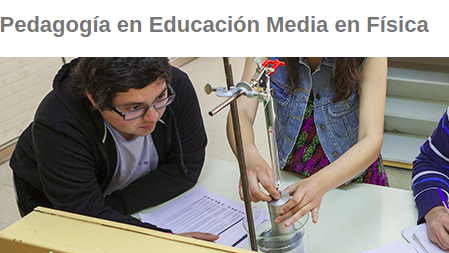TALBOT-LAU X-RAY DEFLECTOMETRY FOR HIGH ENERGY DENSITY EXPERIMENTS (Dr. M. P. Valdivia. Department of Physics and Astronomy, Johns Hopkins University, Baltimore, EE.UU.)
Desde Diciembre 20, 2016 16:00 hasta Diciembre 20, 2016 17:00
TALBOT-LAU X-RAY DEFLECTOMETRY FOR HIGH ENERGY DENSITY EXPERIMENTS
A new technique called Talbot-Lau X-ray Deflectometry (TXD) is being developed for electron density diagnostic in High Energy Density (HED) plasma experiments, based on measurements of the angular x-ray beam deviations due to refraction index gradients. TXD uses three micro-periodic gratings to simultaneously obtain x-ray refraction, attenuation, and scatter images of a low-Z object from a single Moiré fringe image. The refraction and attenuation images can also provide an elemental composition diagnostic. High magnification TXD systems have been developed for 8 and 17 keV x-ray energy using conventional x-ray tubes as sources. In order to test the method in an HED environment, an 8 keV Talbot-Lau interferometer employing free standing, ultrathin gratings was deployed at a laser and at a pulsed power (x-pinch) facility. The steps from operation with the conventional x-ray source to operation with a laser and a pulsed power driven backlighter are reported. Grating survival and electron density diagnostic was demonstrated at the Multi-TeraWatt facility at LLE for 30 J, 8 ps laser pulses, using K-shell emission from thin Cu foil targets. In addition, grating survival and Moiré pattern formation was explored with an x-pinch backlighter driven by a pulsed power machine reaching currents of ∼400 kA with a 260 ns rise-time. The backlighter experimental results were compared to laboratory data acquired with the tube source, as well with the theoretic predictions. The studies show that TXD can detect both sharp and smooth density gradients with source-limited spatial resolution, thus allowing implementation of the TXD electron density diagnostic in HED plasma experiments.












